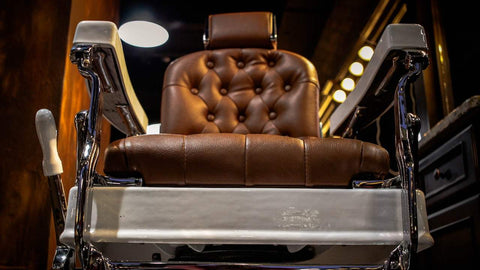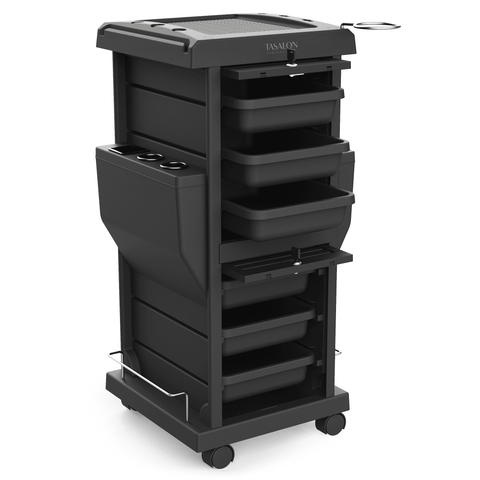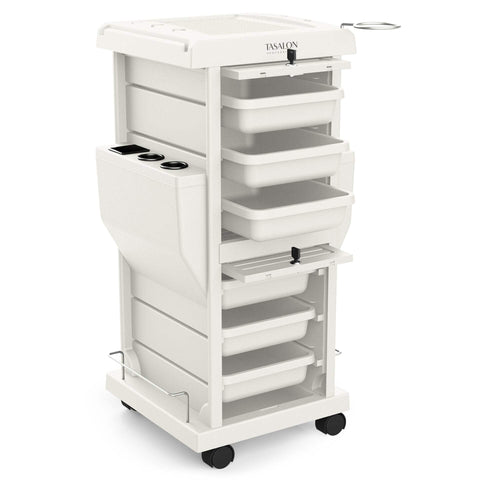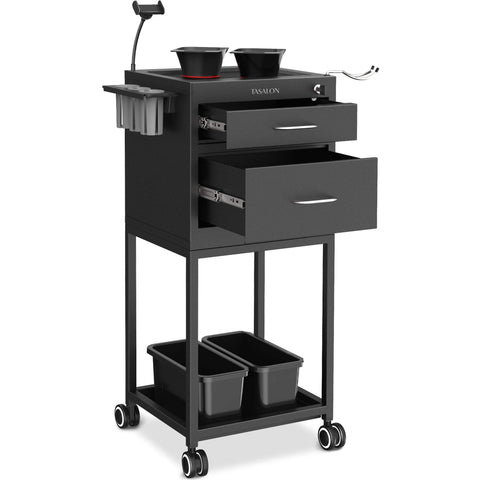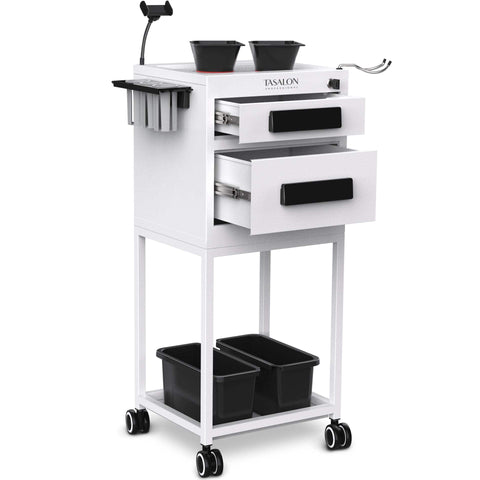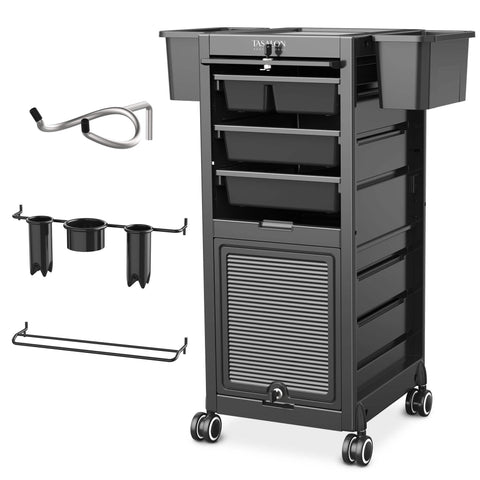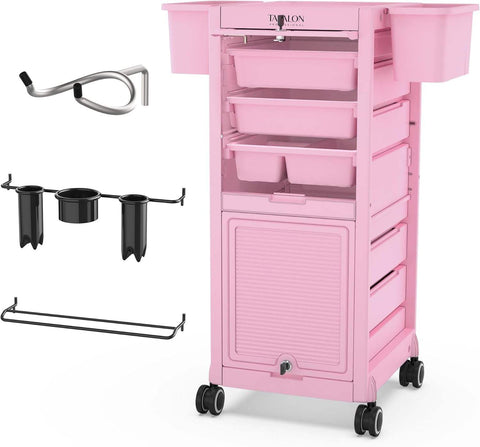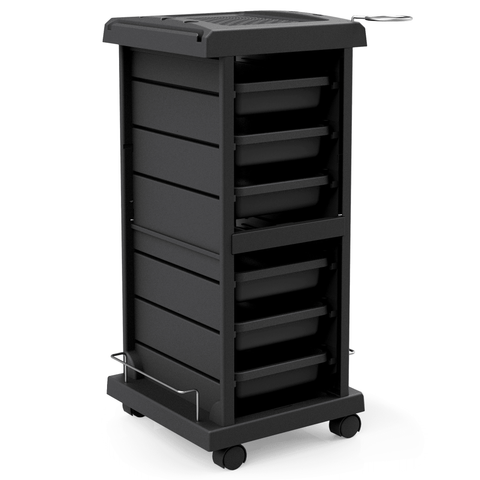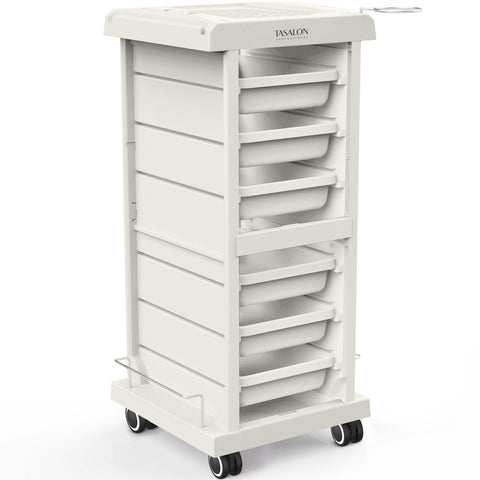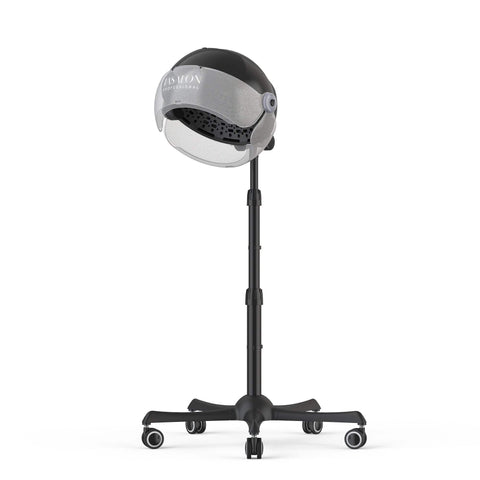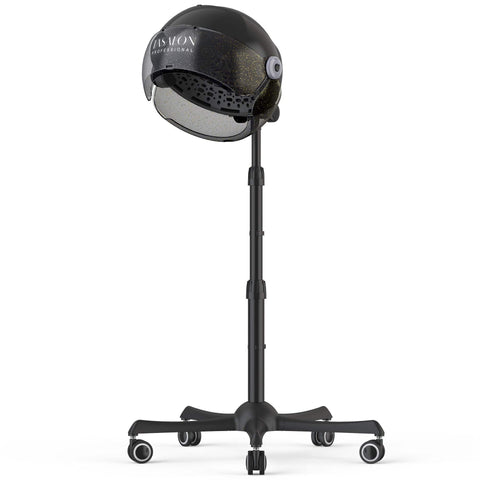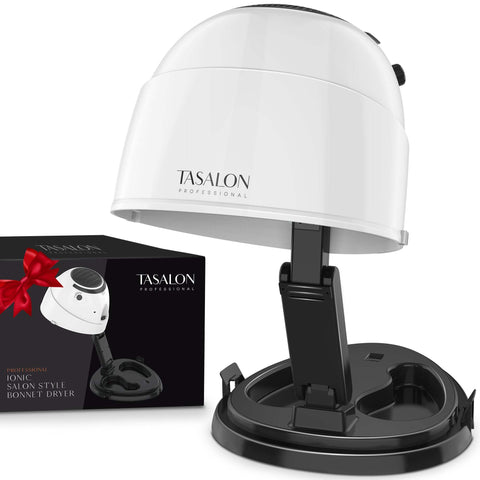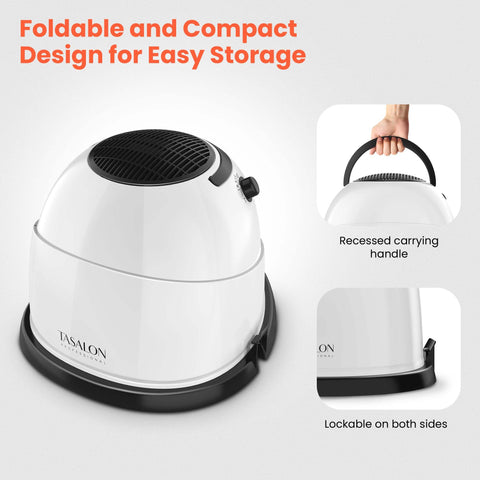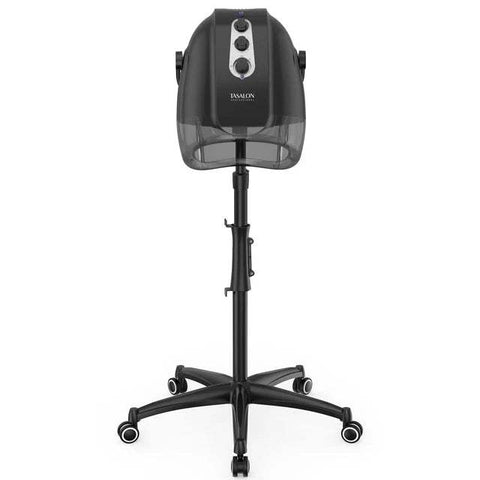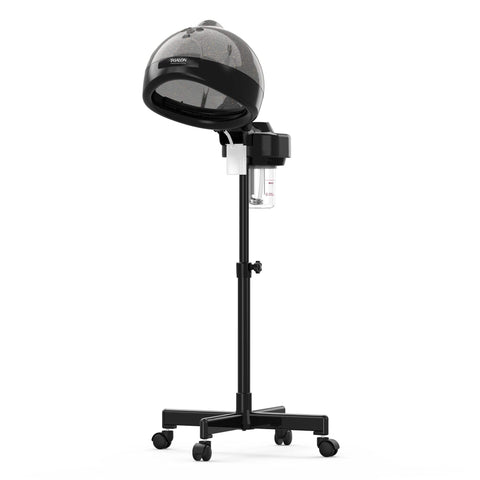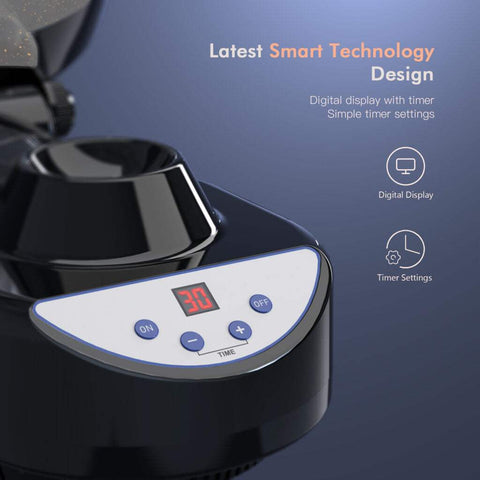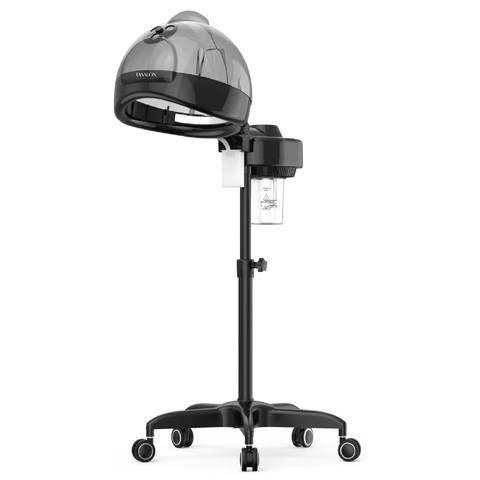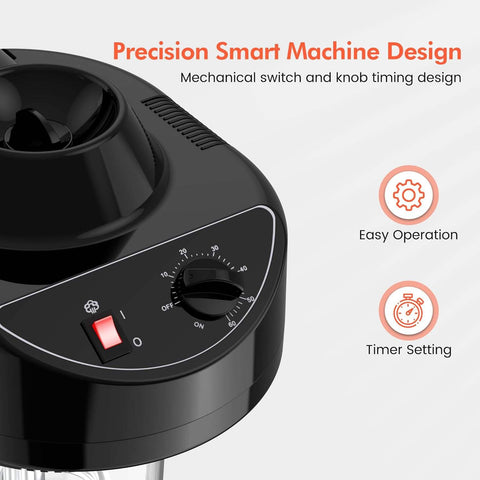Introduction
In this article, we will discuss the classification and characteristics of hydraulic and pneumatic chairs. Determining whether a chair is pneumatic or hydraulic is essential for understanding its functionality and safety. We will provide clear guidelines to help you identify the type of chair you are dealing with.
Understanding Hydraulic Chairs
Hydraulic chairs, also known as hydraulic lift chairs, utilize hydraulic pumps or cylinders to enable height adjustment, rotation, and other chair functions. These chairs are mechanically driven by gears or chains, and they require an air compressor for operation, which often results in noticeable vibrations.
To identify a hydraulic chair, observe the following:
- Mechanical Operation: Hydraulic chairs employ hydraulic pumps or cylinders for movement.
- Air Compressor: These chairs need an air compressor to function, leading to characteristic vibrations.
Recognizing Pneumatic Chairs
Pneumatic lift chairs are a newer type of chair that utilize a cylinder with a piston rod to control chair movement. Unlike hydraulic chairs, pneumatic chairs do not rely on mechanical components such as gears or chains.
To distinguish a pneumatic chair, consider the following:
- Piston Rod Movement: Pneumatic chairs feature a cylinder with a piston rod that facilitates chair adjustment.
- Height Adjustment Behavior: When seated on a pneumatic chair, it slowly lowers in height. After standing up, it remains at the lowered position. Hydraulic chairs, on the other hand, return to their original height automatically.
- Manufacturer's Manual: The chair's manual or packaging may provide explicit information on its type.
Safety Considerations for Pneumatic Chairs
Pneumatic chairs pose certain risks due to the use of compressed air. It is crucial to ensure safety when dealing with these chairs.
- Gas Purity: The air pressure rod in a pneumatic chair is filled with nitrogen. Be cautious about the purity of the gas used, as gas with a purity of less than 90% can pose a hidden danger.
- Sealing Integrity: Faulty sealing of the air pressure rod can lead to sudden gas ejection. It is essential to inspect the chair's construction and ensure proper sealing.
- Material Quality: The material used for the air pressure rod is critical. Unqualified materials may increase the risk of an explosion.
Conclusion
By understanding the distinctions between hydraulic and pneumatic chairs, you can accurately determine the type of chair you are dealing with. Remember to consider the chair's mechanical operation, the presence of an air compressor, and the behavior of height adjustment. Additionally, ensure safety when handling pneumatic chairs by verifying gas purity, checking sealing integrity, and assessing material quality.
For further information on chair classifications and safety guidelines, you can refer to authoritative websites such as www.hydraulicchairguide.com or www.pneumaticchairinfo.org.

